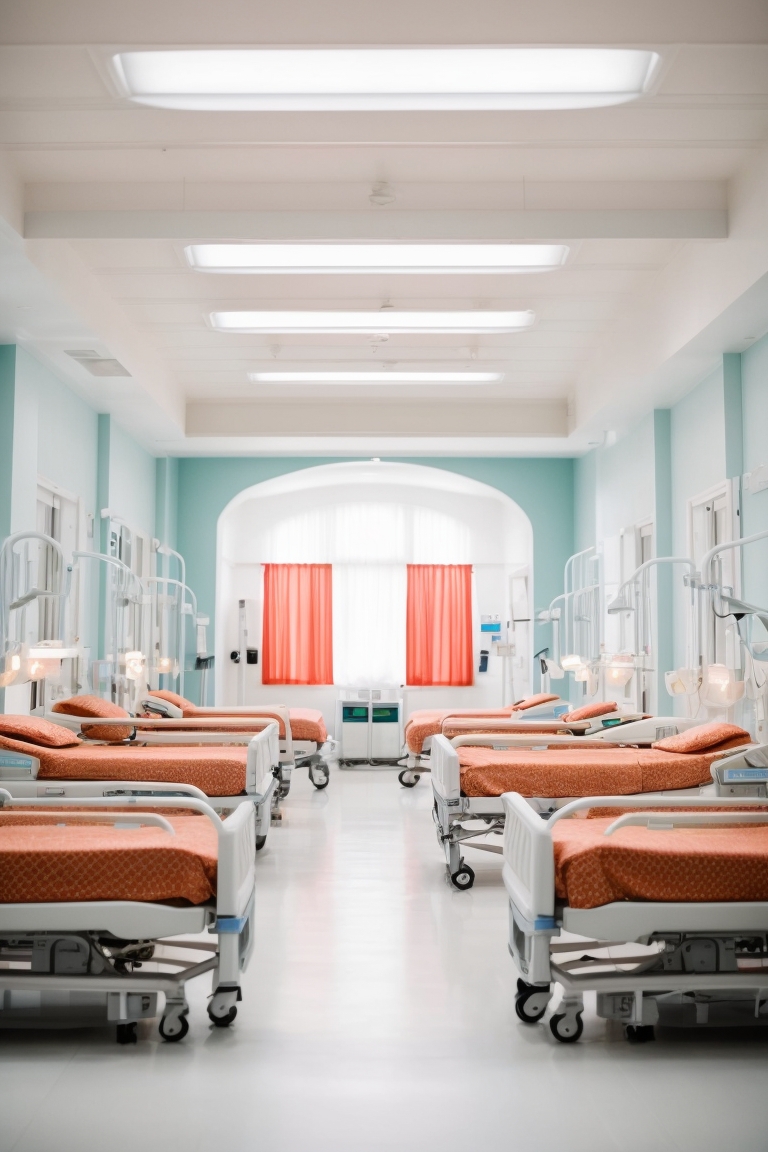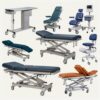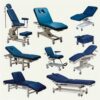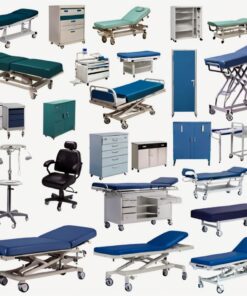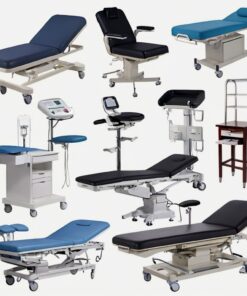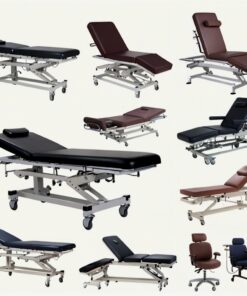3 section Examination couch
R14,857.00 Ex VAT
“Overview of Medical Examination Beds
Medical Examination beds, commonly referred to as exam beds, are essential fixtures in healthcare settings. These beds, including varieties like patient exam beds and healthcare Examination couches, are Hospital by doctors and nurses to perform physical assessments, diagnostic procedures, and treatments. They come in different forms such as clinical exam beds, hospital exam beds, and diagnostic Examination beds. These beds are designed to provide comfort to the patient while ensuring easy access for the healthcare provider to perform necessary medical evaluations.”
Features and Benefits
Medical Examination beds offer a range of features and benefits tailored to meet diverse healthcare needs. They come in various forms, such as Examination benches, treatment beds, and healthcare inspection beds. These beds, like the medical analysis couch and clinical treatment bed, provide comfort and accessibility, enhancing the efficiency of medical evaluations and treatments. Patient inspection beds and Examination loungers are designed to ensure patient comfort during diagnostic and treatment procedures, making them vital for effective healthcare delivery.
Hospital beds are designed to provide comfort, safety, and optimal positioning for patients, while also offering functionality for caregivers to manage patient care effectively. There are several types of hospital beds, each with specific features and uses. Below is a breakdown of common hospital bed types and their uses:
1. Manual Hospital Beds
- Operation: Operated manually using cranks to adjust the bed’s height, head, and foot sections.
- Uses:
- Suitable for low-budget healthcare facilities or home care environments.
- Used when electric power is not readily available or when adjustments are infrequent.
- Offers basic functionality like changing the bed’s height and adjusting the head or foot positions.
2. Semi-Electric Hospital Beds
- Operation: A combination of electric controls (for head and foot adjustments) and manual cranks (for adjusting bed height).
- Uses:
- Commonly used in healthcare facilities or homes where regular head and foot adjustments are needed, but height adjustments are infrequent.
- Provides ease of use for patients who can adjust their positions without needing assistance.
- Suitable for moderate budget settings.
3. Full Electric Hospital Beds
- Operation: Fully electric, allowing users to adjust the height, head, and foot sections using a remote or control panel.
- Uses:
- Ideal for hospitals and home care settings where frequent adjustments are needed for patient comfort or medical procedures.
- Commonly used for patients with limited mobility or bedridden individuals.
- Enhances ease for both the patient and caregivers, as all adjustments can be done at the push of a button.
4. Low Hospital Beds
- Operation: Similar to electric or semi-electric beds but designed with a lower frame, reducing the bed height significantly.
- Uses:
- Primarily used for patients who are at risk of falling out of bed, such as elderly or frail patients.
- Suitable for patients with mobility challenges, as the low height allows easier transfers in and out of bed.
- Often used in long-term care facilities or home care.
5. Bariatric Hospital Beds
- Operation: These beds are electrically adjustable and designed to support higher weight capacities (typically up to 1,000 pounds or more).
- Uses:
- Specifically designed for obese or bariatric patients who need additional space and support.
- Commonly found in hospitals and specialized bariatric care facilities.
- Provide extra stability, comfort, and width to accommodate larger patients safely.
- Typically equipped with reinforced frames and motors to handle the extra weight.
6. ICU/CCU Beds (Intensive Care Unit/Critical Care Unit Beds)
- Operation: Fully electric beds with advanced features such as adjustable height, head, and foot sections, and sometimes built-in scales, bed alarms, or rotational features.
- Uses:
- Designed for critically ill patients in ICU settings, where frequent adjustments are necessary for medical procedures, patient monitoring, or to prevent pressure ulcers.
- Some ICU beds can rotate or tilt (known as “air-fluidized beds”) to improve circulation and prevent respiratory issues.
- May include features like cardiac chair positioning to assist in cardiovascular recovery.
7. Gatch Beds
- Operation: Manually adjustable with cranks for raising and lowering the head, foot, and entire bed.
- Uses:
- Primarily found in older hospitals or home care settings where electric power is not available.
- Common in low-resource settings due to their affordability and manual operation.
8. Trendelenburg Beds
- Operation: A special type of electric bed that can tilt the entire bed frame at an angle.
- Uses:
- Often used in emergency or critical care situations to improve blood circulation (by positioning the head lower than the feet).
- Common in surgery or trauma recovery settings, particularly for patients with shock or poor blood circulation.
- Some patients with respiratory issues or spinal cord injuries may also benefit from this position.
9. Air-Fluidized Beds
- Operation: Use a special air chamber system filled with silicone-coated beads to distribute pressure evenly across the body.
- Uses:
- Typically used for patients with severe pressure ulcers (bedsores) or those who are immobile for extended periods.
- Helps in preventing pressure sores by reducing friction and pressure on the body.
- Often used in specialized care facilities, ICUs, or burn units for patients with delicate skin conditions.
10. Stretchers or Transport Beds
- Operation: Portable, non-electric beds designed for easy transport of patients between different hospital areas (such as from the emergency room to radiology or surgery).
- Uses:
- Primarily used for patient transport within hospitals.
- Often equipped with safety straps, wheels, and collapsible side rails for patient safety during transport.
- Commonly used in emergency rooms, operating rooms, and trauma centers.
11. Pediatric Hospital Beds
- Operation: Adjustable beds designed specifically for children, often with additional safety features like high side rails or enclosed bed frames.
- Uses:
- Designed to provide comfort and security for pediatric patients, especially those at risk of falling or wandering.
- Commonly used in pediatric wards or children’s hospitals.
- Can be equipped with special safety measures such as lockable side rails.
12. Examination/Treatment Beds
- Operation: Simple, often non-electric, adjustable beds or couches used in examination rooms.
- Uses:
- Primarily used for patient examinations or minor treatments.
- Found in general practitioner offices, outpatient clinics, or specialist examination rooms.
Key Features and Benefits of Hospital Beds
- Adjustability: Almost all hospital beds provide adjustability in height, head, and foot sections to enhance patient comfort, assist in medical procedures, or improve mobility.
- Safety: Most hospital beds include side rails, which help prevent patients from falling out of bed, particularly in situations involving mobility-impaired individuals.
- Mobility: Many hospital beds come with wheels to allow caregivers to move the patient or reposition the bed easily.
- Comfort: Beds designed for long-term care (such as air-fluidized or bariatric beds) provide enhanced comfort features to prevent pressure ulcers and promote proper posture.
- Ease of Care: For caregivers, features like electric adjustments and rotational capabilities reduce the physical strain involved in patient care, allowing for easier repositioning and access to the patient during treatment.
These various types of hospital beds ensure that patients receive the appropriate care, comfort, and support based on their medical condition and healthcare setting.
Related products
Examination bed
Examination bed
Examination bed
Examination bed
Examination bed
Examination bed
Examination bed
Examination bed
